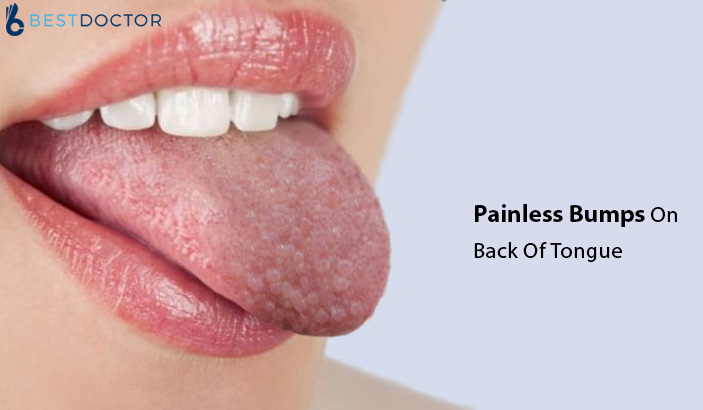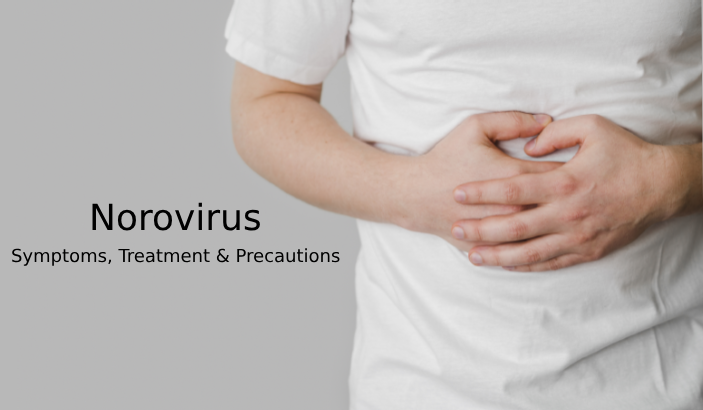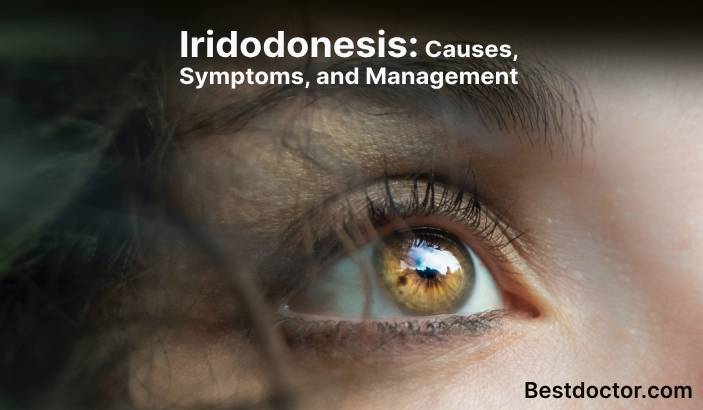The tongue is a mass of muscles and salivary glands which are important for recognition of taste, speech and chewing and swallowing of food and drinks. In regular clinical practice, an appearance of the tongue is a mirror to the digestive system, oral health and also to the general health status of a person.
The front portion of the tongue is formed by papillae which are multiple round elevations of the tongue. These give a velvety appearance to the tongue. Some of these papillae also bear taste buds. The latter part of the tongue is rich in lymphatic nodules or the lingual tonsils.
Often people complain of having painless bumps on the back of the tongue, unaware of the reason behind these lesions and its treatment.
Causes for Painless Bumps on Back of Tongue:
| Sr. No. | Cause | Description |
| 1. | Mucocele | This is the most common type of oral lesion.
Mucocele occurs either due to trauma or from an accumulation of mucus in the salivary glands causing them to swell up. It appears soft, bluish and transparent and is mostly painless. |
| 2. | Glossitis | This is also called the “geographic tongue”.
Most of the patients are asymptomatic, but some may complain of a burning sensation and reduced taste perception. There is swelling of papillae with raised white colored margins which surround the reddened areas. |
| 3. | Oral lymphoepithelial cyst | These lesions appear as soft to firm, painless nodules which may be colorless or white or yellow in color. They rarely ulcerate.
The lesions can appear anywhere on the tongue and also on the floor of the mouth. |
| 4. | Canker sore | This type of lesions is also called aphthous stomatitis. These canker sores can appear anywhere in the mouth and can recur again at any time. It is commonly seen among adults. The lesions appear as small red bumps which may be painless or the patient may complain of burning or stinging pain when they are touch or from food or hot drinks. Although they are not infectious, they do have a tendency to develop infections later on. Canker sores can develop after trauma, dental procedures, and stress, following the consumption of certain medications and also as a result of vitamin B12, iron or folic acid deficiency. |
| 5. | Follicular lymphoid hyperplasia | This is a relatively uncommon condition caused due to rapid multiplication of lymphocytes (a type of white blood cells) present within a lymph node or a lymphoid tissue.
These lesions are commonly seen as a result of constant irritation or the tissue or ill-fitting dentures. Patients may complain of irritation or obstruction when the lymph nodes get enlarged. They have a tendency to recur again. |
| 6. | Scarlet fever | It is a highly contagious bacterial infection occurring commonly in children. The exotoxin produced by beta-hemolytic Streptococcus pyogenes is responsible for a rash on the skin and mucous membranes especially mouth and tongue.
The tongue appears swollen, thick and white coated with swelling and enlargement of papillae on the tongue which gives it a bumpy look. The red, swollen and bumpy appearance of tongue resembles a strawberry and therefore the tongue in scarlet fever is called “strawberry tongue”. |
| 7. | Syphilis | Syphilis is caused by the organism Treponema pallidum which can be spread by close skin-to-skin contact.
Oral lesions of syphilis can occur as painless nodules which may ulcerate later. They are associated with enlarged regional lymph nodes. |
| 8. | Cancer of tongue | Squamous cell carcinoma of the tongue is the most common type of oral cancer in people below 40 years of age; it occurs more frequently in men than in women.
Lesions of tongue appear late and are relatively painless and therefore often diagnosed quite late when it develops into a non-healing ulcer. Nerve involvement results in loss of speech and swallowing functions. |
| 9. | Nutritional deficiencies | Chronic iron deficiency results in a red, smooth or bumpy tongue with a burning sensation.
In vitamin B12 deficiency, the papillae of tongue become smaller and red. Similarly, niacin deficiency causes black tongue and riboflavin deficiency causes magenta tongue |
How to Get Rid of Painless Bumps on Back of Tongue?
- Mucocele – Large mucocele which may cause obstruction are excised surgically.
- Glossitis – Patients are treated symptomatically. Foods which may cause burning such as hot, salty and spicy food are to be avoided.
- Oral lymphoepithelial cyst – Treatment includes surgical excision of the cyst.
- Canker sores – Treatment is symptomatic for reducing pain and inflammation. Antibiotics may be required if there is an infection. Ointments to be applied on the sore may also be prescribed which give relief from pin especially while eating.
- Follicular lymphoid hyperplasia – External beam radiation and surgical excision are the treatment options.
- Scarlet fever – Use of antibiotics and topical agents on the tongue.
- Syphilis – Anti-syphilitic drugs and antibiotics are prescribed
- Squamous cell carcinoma of the tongue – Treatment options include chemotherapy, radiation and if there is an enlarged tumor, surgical excision is advised.
- Nutritional deficiency – Correction of deficiency with proper diet and additional dietary supplements.
Home Remedies for Painless Bumps on Back of Tongue:
- Fluids – Drink plenty of water and fluids to keep you hydrated and also to flush out all toxins from the body.
- Diet – Have a complete balanced diet including a fair amount of carbohydrates, fats, proteins, and vitamins. If you have a known deficiency of certain nutrients, make sure to eat food rich in those nutrients or take supplements as prescribed to you by your doctor.
- Rinse your mouth 3-4 times a day to avoid buildup of bacteria –Aloe vera and chamomile can be used for this purpose. Regular brushing and flossing teeth two times a day can prevent the buildup of bacteria causing painless bumps on the back of the tongue.
- Fenugreek – Is rich in zinc, riboflavin, iron, vitamin C, calcium and many other vitamins and minerals. Fenugreek can be consumed or directly applied on the bumps.
- Basil or Tulsi – Is an age-old Indian herb. It has anti-microbial properties. The leaves can be used to prepare a mouthwash or even chewed.
- Baking soda – Neutralizes acid in the mouth and reduces inflammation of the painless bumps on the back of the tongue. Baking soda can be used to rinse the mouth.
- Yogurt – Soothes the bumps and reduces pain, if any. It is a natural pro-biotic which also boosts immunity.
- Clove – Its active property eugenol has painkiller properties. Clove oil can also be used to rinse the mouth and throat.
Researchers suggest the role of vitamin B12 supplementation and avoiding toothpaste containing sodium lauryl sulfate in preventing recurrence of sores.
Home remedies can be used in adjunct to conventional medications but special precautions need to be taken while consuming herbs because these can cause drug reactions with anti-inflammatory drugs or antibiotics.
Although home remedies can help in reducing signs and symptoms, medical consultation is required in case of persistence of painless bumps on the back of the tongue. The lesions need to be evaluated and differentiated from more serious causes because they can be harmless and self-limiting or may be a sign of some major illness and even nutritional deficiencies.
Dr. Himanshi is a Homoeopathic consultant and currently working as a lecturer in Post-graduate faculty of Homeopathy, Parul University, Vadodara. Completed BHMS and MD in Homeopathy in January 2018 and also has a clinical experience of about 6 years. Personal interests include reading, spending time with family and traveling.








Why Indian Doctors Are Chosen By The UK NHS?
Norovirus – Symptoms, Treatment & Precautions
Understanding Normal Resting Heart Rate in Men and Women
5 Things to Learn about a Dentist before Choosing Them